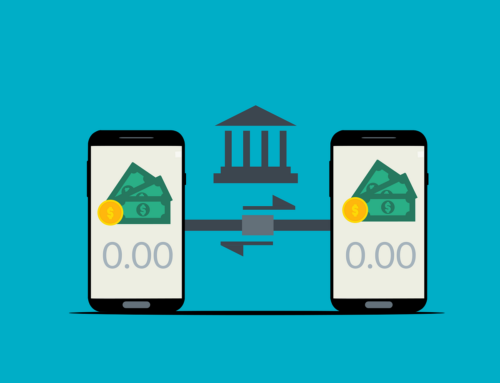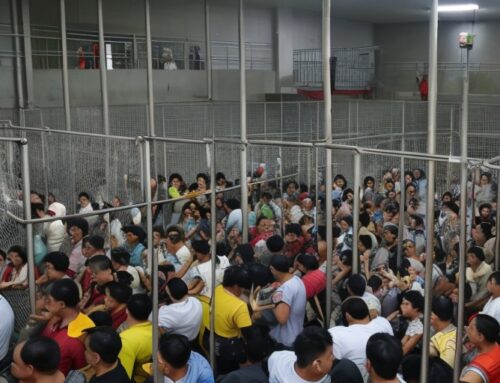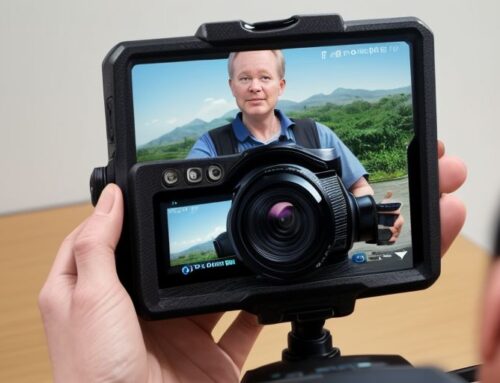
A Comprehensive Guide to CRBA Registration in the Philippines
Having a Filipino-American child is a beautiful experience—but it also comes with some important paperwork. If you’re a U.S. citizen and your child was born in the Philippines, you’ll want to secure their U.S. citizenship by filing for a CRBA (Consular Report of Birth Abroad). This guide walks you through what it is, who qualifies, and how to prepare for the application.
What Is a CRBA and Why It Matters
A CRBA is an official document issued by the U.S. government. It proves your child acquired U.S. citizenship at birth—even though they were born outside the U.S. Think of it as your child’s American birth certificate, recognized globally as proof of citizenship. Once granted, it also opens the door to getting your child a U.S. passport.
Who Can Apply for a CRBA in the Philippines
Not every child born overseas automatically gets U.S. citizenship. These are the basic requirements if you’re applying from the Philippines:
One Parent Must Be a U.S. Citizen
At the time of birth, at least one of the child’s biological parents must have been a U.S. citizen. This is non-negotiable.
Physical Presence in the U.S. Is Required
This is where things get tricky. The U.S. citizen parent must show proof of time spent physically in the U.S. before the child was born.
-
If the U.S. citizen parent was born in the U.S.: They need at least 5 years of U.S. presence, with 2 of those years after turning 14.
-
If they were born outside the U.S.: The requirement is 10 years of physical presence, with 5 years after turning 14.
These are general rules. Your case might be different, so it’s always best to check with the nearest U.S. embassy or consulate for your specific situation.
Don’t Miss the Deadline
You should apply for a CRBA before your child turns 18. It’s better to do this as early as possible to avoid delays or complications.
Preparing Your Paperwork for a Smooth Application
Once you’re ready to file, gather the right documents before booking your interview. Here’s what you’ll need:
Proof of Your U.S. Citizenship
-
Valid U.S. passport (original or certified copy)
-
U.S. birth certificate or naturalization certificate
Proof of Your Child’s Birth
-
PSA-issued birth certificate from the Philippines (original)
Proof of Marriage (if married)
-
Marriage certificate (certified copy)
If You’re Not Married: Show Evidence of Paternity
If you’re not married to the child’s other parent, the embassy will look closely at how you prove you’re the biological parent. Here’s what helps:
-
A signed affidavit of paternity (from both parents)
-
Prenatal care records showing involvement during pregnancy
-
Proof of living together (utility bills, lease agreements)
-
Joint bank records or shared expenses around the child’s birth
-
Photos and messages that show a consistent relationship
While this might be enough to avoid a DNA test, the consular officer has the final say. If they’re not convinced, they might still require one.
Before You Apply: A Few Final Tips
-
Double-check the current requirements on the official U.S. Embassy website in the Philippines.
-
Book your appointment early—slots can fill up fast.
-
Bring original documents and multiple copies just in case.
Scheduling Your CRBA Interview in the Philippines
You’ve got your documents ready—now it’s time to book your appointment. Here’s how to schedule your CRBA interview at the U.S. Embassy in Manila and keep things moving forward for your child’s U.S. citizenship.
Book Online: The Fastest Way to Get an Appointment
The U.S. Embassy in Manila wants you to schedule online. It’s the easiest and most efficient way to secure a spot.
How to do it:
-
Go to travel.state.gov
-
Choose the Philippines as your country
-
Log in or create a U.S. Travel Docs account
-
Start a CRBA application for your child
-
Follow the prompts until you can schedule your interview
If the Online System Isn’t Working
Try calling or emailing, but expect delays. This method is slower and not recommended unless necessary.
Phone: (+632) 8548-8223 or (+632) 7792-8988
Email: support-philippines@ustraveldocs.com
Tips to Make It Smoother
-
Have your documents ready before logging in
-
Keep checking if no slots are available—things change often
-
Try to book at least a few weeks in advance if you’re on a tight timeline
What to Expect at Your CRBA Interview
This is the big moment. The CRBA interview is where you prove everything you’ve prepared. Here’s how to make sure it goes smoothly.
Before You Go
-
Double-check every required document
-
Bring certified copies and originals
-
Practice answering questions about your relationship, timeline, and future plans
-
Dress clean and presentable—it matters
On the Day
-
Arrive early and account for traffic
-
Stay calm, be polite, and answer honestly
-
Speak clearly and ask for clarification if needed
-
Be patient—waiting is part of the process
Helpful Extras
-
A translator or support person may be allowed—confirm in advance
-
Keep emotions in check and focus on the facts
-
If something feels unclear, ask for help—don’t guess
If a DNA Test is Required
Sometimes, documentation isn’t enough. If the embassy isn’t satisfied with the paperwork—especially for unmarried parents—they might request a DNA test.
When It Happens
-
If the parents aren’t married
-
If the documentation doesn’t fully prove a biological link
How It Works
-
The embassy will give you instructions and a list of approved clinics
-
You’ll schedule the test at one of those clinics
-
Both you and your child (and the other parent if needed) will do a simple cheek swab
-
Results go straight to the U.S. Embassy
-
Processing can take a few weeks
Where to Get It Done
Here are a couple of known, embassy-approved places:
-
Philippine DNA Testing Center (PDTC) in Metro Manila
-
St. Luke’s Medical Center branches (confirm they’re approved first)
Cost Note
DNA tests are not covered by the CRBA application fee. You’ll pay the clinic directly.

















